Description
by Dr. Keith Polette
Making inferences rests at the heart of reading effectively. When we consider the act of making an inference in the context of reading, we say that it is “reading between the lines.” Most students struggle with the ability to make inferences because they do not know what inferences are. They do not know the kinds of inferences that exist. And they do not understand the process to use to make accurate inferences. It is understandable, then, why many students read only on the literal level and why they do not like to read.
At the inferential level, readers are able to see beyond the literal level of words and sentences; they see connotations, discover associations, make amplifications, construct inferences, and engage in evaluations. Readers not only have a literal understanding of the text they are reading, but they make interpretations that can be supported with textual—and extra-textual—citations.
Inferences are central to the Common Core Standards. These standards state that students must be able to
• determine a theme;
• compare and contrast two characters;
• determine the meaning . . . of metaphors;
• explain how a series of chapters, scenes, or stanzas fits together to provide the overall
structure of a particular story;
• describe how a narrator’s or speaker’s point of view influences how events are described; and
• compare and contrast stories in the same genre . . . on their approaches to similar themes.
Polette includes 50+ activities to teach the process for making inferences, the four kinds of inferences, and exercises requiring inferences and explanations of the types of inference including 24 activities from popular student literature.
Sample Pages
clc05001.pdf
clc05002.pdf
clc0500toc.pdf
clc05003.pdf

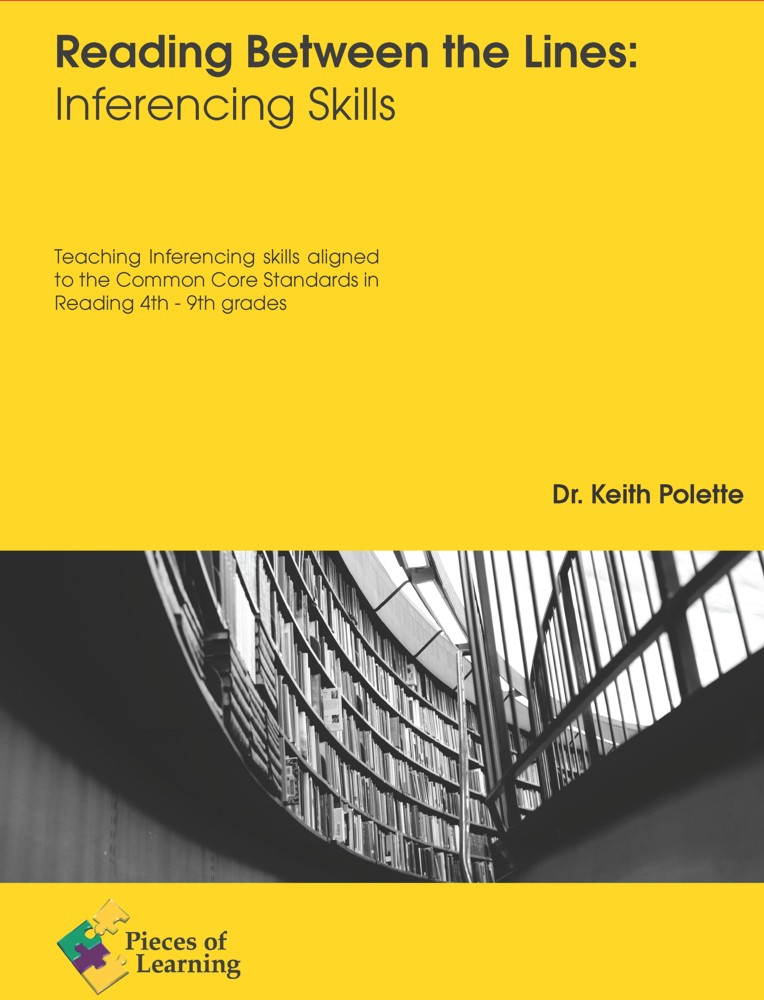
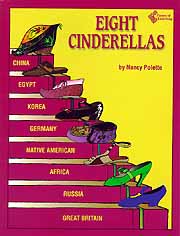

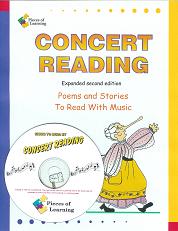
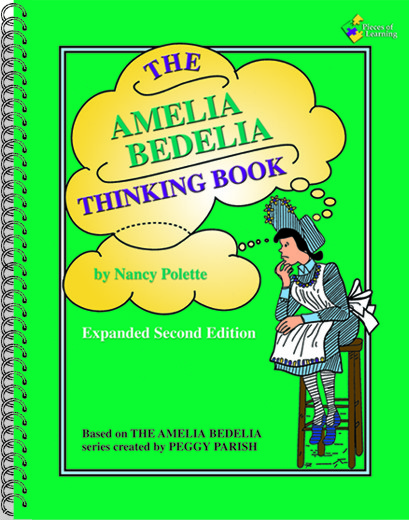

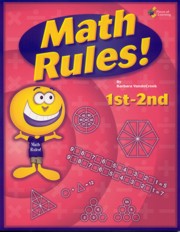

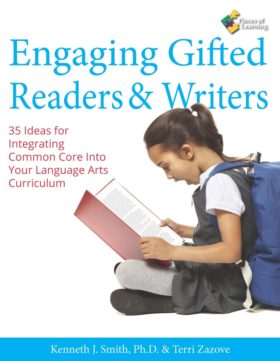
Reviews
There are no reviews yet.